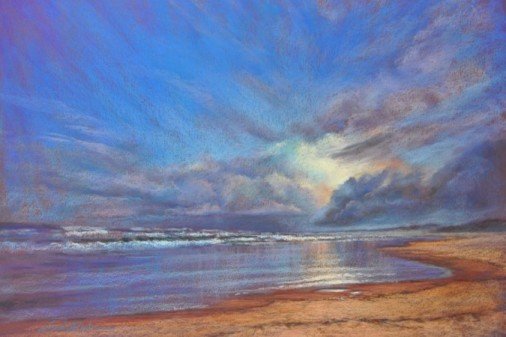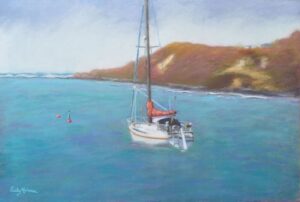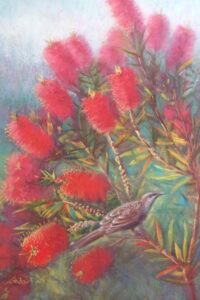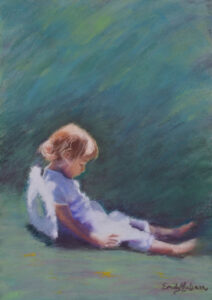There is no shortcut in becoming a good artist, you need to practice a lot to become one. If you are a beginner to pastel painting, you must learn some basic techniques first. The method used by an artist to obtain a certain result is referred to as a ‘technique.’ In order to master a technique, you need to learn the process of pastel painting and that only comes when you discover new things and practice them daily. You can explore as much as possible and study pastel paintings like wall art of boats and wall art of beaches by famous artists to learn a these techniques. However, you can only master them by doing it yourself. If you are a beginner and want to master the art of pastel painting, follow the following:
- Choose a subject:
Choosing a subject to paint can be a challenging task but it is a very important one. You might want to choose something basic, yet a subject that covers essential techniques. As a beginner you don’t need to choose a complex subject to learn a few tricks, just choose a basic landscape topic for example:- Beach Art Prints.
- Pick the right pastels:
Pastel colors come in different types such as hard, oil, pencil and soft pastels. Different pastel colors serve a different purpose. For example a hard or pencil pastel is preferred when sketching, whereas soft or oil pastels are perfect for painting landscapes.
- Draw a tonal sketch:
Start by drawing a rough and tonal sketch of the painting first. Drawing a rough sketch helps you get a rough idea of the painting you intend to create. Another benefit of making a rough sketch is that you can easily change any elements that might seem unappealing to you.
- Choose and test the color composition:
After drawing the sketch, choose a color composition for your painting. Choosing the right color is important as it shapes the whole painting. After making this choice, test colors on a rough sheet of paper so that you can paint with confidence thereafter.
- Start with distant objects:
The pro tip to master the technique of pastel painting is to start coloring distant objects first and then move to the foreground objects blending in the colors.
- Draw the background first:
After sketching the objects, paint the background of the painting. For example: If you are painting a beach scene, start by painting the sky, water, and sand on the beach. This will help you in making the painting appear more realistic.
- Introduce darker objects:
When you are done with the background, start introducing darker objects in the painting. Use sharper and darker shades of pastels to create defined marks for darker objects. You can also create intensity by using more vibrant colors.
- Add highlights and hatching:
In order to bring the painting together, hatch the lighter areas to add more details and curves. The benefit of using pastel color is that you can hatch a lighter color over the darker ones to create a sparkle effect.
- Blend the colors:
Use your fingers to blend two colors together, giving your painting a natural look. Blending objects is essential to bring together the different objects you have painted.
- Final touches:
Lastly, highlight the objects that need more focus. Add shadows, minor details and other highlights to your painting.
- Conclusion
All you need to do is follow the beginners’ guide to hone your skills in pastel painting. For subject reference purposes, you can also explore our gallery of pastel art prints.




